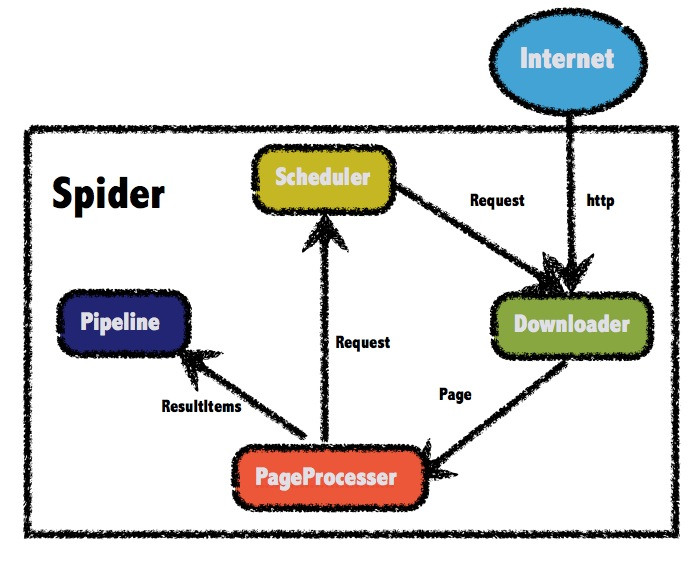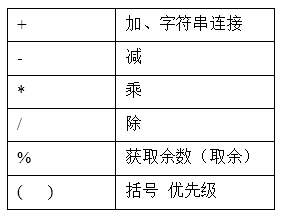解析Java中的集合操作:并集、交集和差集
在Java中,我们可以使用java.util.Set接口来操作集合(如List的子类),这样就可以方便地进行并集、交集和差集操作。
- 并集(Union):
使用addAll()方法或者直接创建新的集合添加元素即可。例如:
Set<String> set1 = new HashSet<>(Arrays.asList("a", "b")));Set<String> set2 = new HashSet<>(Arrays.asList("b", "c")));// 并集set1.addAll(set2); // 或者使用 addAll() 方法System.out.println(set1); // 输出: [a, b, c]
- 交集(Intersection):
使用retainAll()方法或者直接创建新的集合进行比较。例如:
Set<String> set1 = new HashSet<>(Arrays.asList("a", "b", "c")));Set<String> set2 = new HashSet<>(Arrays.asList("b", "c", "d")));// 交集set1.retainAll(set2); // 或者使用 retainAll() 方法System.out.println(set1); // 输出: [b, c]
- 差集(Difference):
有两种方法实现差集:
- 原始集合减去目标集合:
使用removeAll()方法。例如:
Set<String> set1 = new HashSet<>(Arrays.asList("a", "b", "c")));Set<String> set2 = new HashSet<>(Arrays.asList("b", "c", "d"), "e")); // 添加了 "e"// 差集 (set1 - set2)set1.removeAll(set2); // 或者使用 removeAll() 方法System.out.println(set1); // 输出: [a]
- 创建一个新的集合,只包含原始集合中但不在目标集合中的元素:
这通常涉及到遍历两个集合,并将不在目标集合的元素添加到新集合。例如:
Set<String> set1 = new HashSet<>(Arrays.asList("a", "b", "c")));Set<String> set2 = new HashSet<>(Arrays.asList("b", "c", "d"), "e")); // 添加了 "e"// 创建差集集合 (set1 - set2)List<String> differenceList = new ArrayList<>();for (String element : set1) {if (!set2.contains(element))) {differenceList.add(element);}}Set<String> differenceSet = new HashSet<>(differenceList);System.out.println(differenceSet); // 输出: [a]
根据实际需求,可以选择上述方法之一来实现差集。



































还没有评论,来说两句吧...